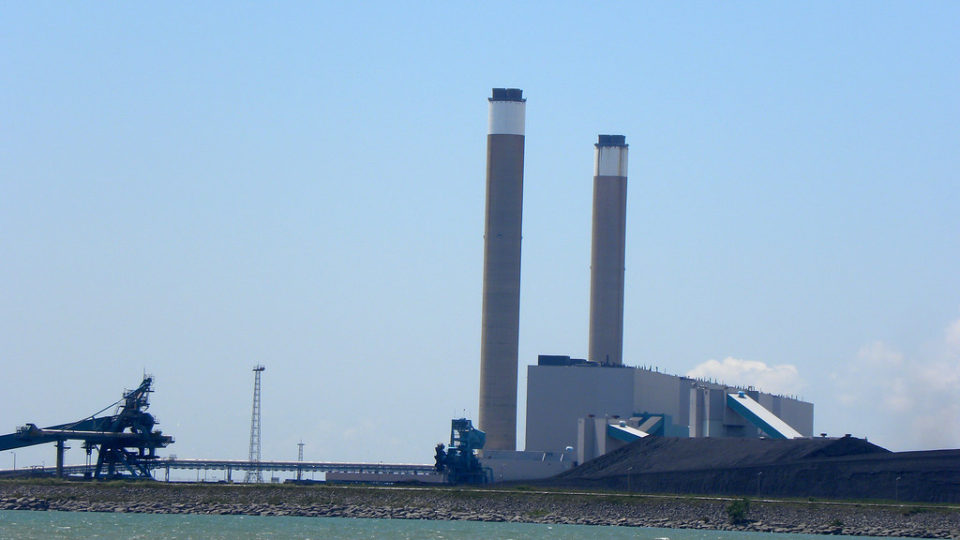The Nanticoke Generating Station in Ontario, Canada was the largest coal-fired power plant in North America. It was commissioned in 1972 and was capable of providing nearly 4,000 megawatts of electrical power into the southern Ontario power grid. At peak, the plant consumed nearly 40,000 tons of coal per day.
The government of Ontario eventually decided to phase out all of its coal plants about ten years ago but the decommissioning was delayed for a time because of the lack of replacement sources of energy. The plant began to shut down its individual generating units starting in 2010. By the end of 2013, the Nanticoke plant was shut down for good.
In 2016, a 44 MW solar power station was contracted for the site and construction began last year. The plant opened at the beginning of April coinciding with the one-year anniversary of the demolition of Nanticoke’s smokestacks, which once stood 650 feet tall.
The new solar farm has 192,431 solar panels spread across 260 acres. The facility, situated on the shores of Lake Erie in Ontario, will generate enough electricity to power more than 7,200 homes.
The idea to use part of the retired coal plant’s property for a new solar farm was spearheaded and paid for by Ontario Power Generation, the Six Nations of the Grand River Development Corporation, and the Mississaugas of the Credit First Nation.
The Chief of the Mississaugas called the solar project an important economic development in the region and for tribal nations that sets the stage for future mutually-beneficial partnerships between Ontario Power Generation and others.
**********
Web Links
Canadian Coal-Fired Power Plant Transformed into Solar Farm
Photo, posted July 26, 2009, courtesy of Jason Paris via Flickr.
Earth Wise is a production of WAMC Northeast Public Radio.
